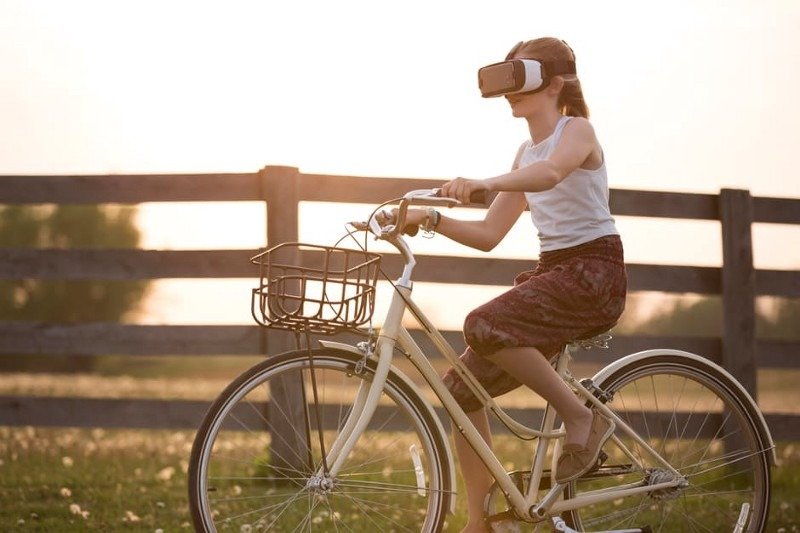Locations that are unsafe or dangerous
The current fad, as you may have seen, with 360 Video is allowing you to go to places you normally wouldn’t because they are either too dangerous or they frighten you as an individual. The overall newness of this will wear off with time, but the concept is sound and it will give a fantastic new avenue for natural science, nature documentaries, and journalism.
Some places that everyone wishes they could visit but are unable to due to safety or lack of possibility are places like Volcanic areas, deep sea diving in the Mariana trench, Arctic landscapes or the top of Mount Everest, or if you have a fear of heights, skydiving.
NASA are even developing experiences around the idea of being to move around the surface of Mars, from the comfort of your own home.
The more general usage may be found in curiosity and financial restraints. You may be fortunate enough to have freedom of movement but you simply can’t afford to kayak down the Colorado River through the Grand Canyon. But you can experience it in the meantime through 360 Video until you are able to afford it.
Or if you’re like me, who loves the idea of mountain climbing, but simply couldn’t deal with the heights, then sticking a 360 camera on an experienced mountain climber in the Andes is the next best thing.
It’s full usage of being there as an observer and safe are in the field of journalism. Journalism can benefit greatly from 360 Video, as the embedded correspondent can allow for unfiltered, undirected documentation of an event, such as a war zone, riot or celebration.
If you are familiar with film theory then you may have heard of the argument of the camera and the directed gaze. That the audience member is allowed to see what the person behind the camera has chosen to show you. This will disappear with 360 Video as you are now the person who chooses where to look and when.
The side-effect, of course, is that if you look the wrong way you may miss something, but you are no longer held captive by the directed gaze.
Experiences for the captive audience
You may not be held captive by the directed gaze, but unfortunately, you still are a captive audience member, much like in traditional video and filmmaking.
Cinema complexes may not have a hall filled with people watching a 360 Video, all with their own headsets. Though the infectious nature of hearing laughter and enjoying a film more because of the collective experience may be an interesting concept to pursuit with 360 Video.
Where this captive audience would benefit from personal headsets are in travel. Medium and long-haul flights can be tedious for many, and if you have children it can be quite taxing to keep them entertained for 4, 5, or even 12 hours in closed space. Putting aside the need for powerful computers to run Virtual environments on every seat in an airplane, being able to view a deep-sea dive around the coast of Australia may be enough to keep anyone of any age, content on a flight somewhere.
Specifically, for children, it may help with train and car rides to have a few 360 Video ready for them to visually explore.
Schools can also have a great benefit with this, imagine teaching your class about Rome or Athens, and having the ability that everyone places their headset on and is instant transports to the Coliseum or Parthenon. How much more your class would be engaged, they could even join an archaeological team entering the catacombs of some long lost ancient crypt.
And not just schools for children, but universities and other post-graduate institutions like business school can benefit from 360 Video. All for the very same reasons for offering more immersive, first-person experiences of events and landscapes.
The immersive, first-person experience is of definite note for marketers and brands. How much more brand identification could you get through placing the person in the middle of the experience your brand purports to offer. The individual could be in a Red Bull stunt plane, experiencing first hand a Red Bull Race. That viewer would definitely have a higher chance of exploring the Red Bull brand after.


